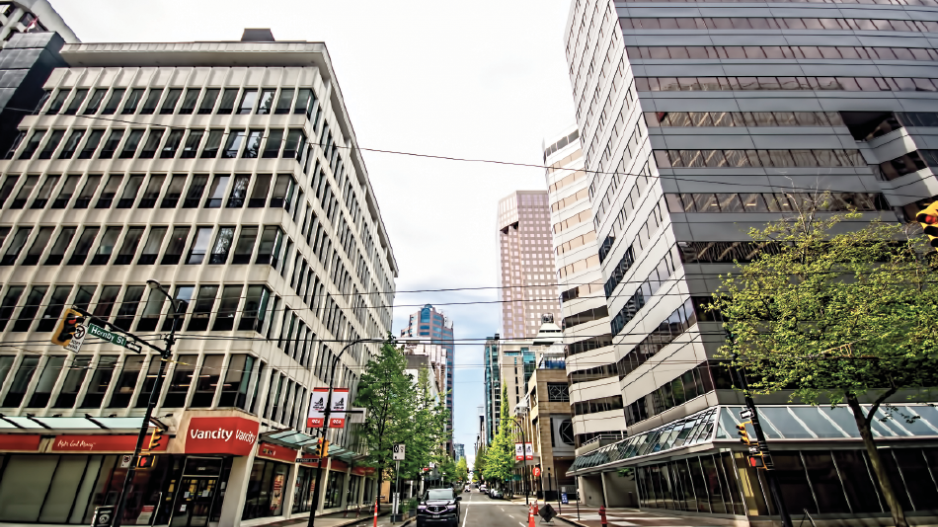With office reopening now on the horizon for B.C. businesses, the question becomes: what will the post-COVID-19 workplace look like in a world without a vaccine to guarantee immunity?
The key word, experts say, is trust.
“I think it’s the most important factor,” said Kristin Jensen, managing director of the Seattle office of global architecture firm Gensler. “The only way that people are going to return is if they trust that the space is safe. And that trust will have to come though things they can see…. Masks and hand sanitizers have to be available. There has to be health screening so people are not returning sick. For people to feel comfortable coming back, they need to feel safe and have their circumstances be addressed.”
That sense of trust, in a world accustomed to social distancing, means that not everyone will return to work on Day 1, and managers have to have a clear vision of what that Day 1 looks like, said Synthia Kloot, the Vancouver-based senior vice-president of operations at Colliers Canada.
“When we talk about inviting people back to the office, we’re looking at a number of factors,” Kloot said. “Is it essential for them to be back in the office? Can they perform their job duties while staying remote? Are people risking exposure on public transit? Do they have child care, or are they protecting people with compromised immune systems?”
That’s why, she said, it is crucial for offices to not only address the office space itself, but also to assess the needs of the workforce on an individual basis. From there, managers can create shifts – Colliers will likely bring different groups of workers back into the office on separate days to ensure adequate space, for example – to ensure safety.
Kloot said Colliers is recommending that clients be as flexible as possible. That means possibly using meeting rooms as work spaces to ensure people are not crammed into cubicles, as well as designating doors as entrances or exits only and marking one-way passages to prevent collisions.
Jensen added that the flexibility is also needed in case the pandemic lifts, which would allow managers to shrink the space needed for social distancing to bring employees closer together. She also noted items such as the use of touchless technology to create a sense of safety for workers.
Another measure managers should consider, Jensen said, is some sort of visual way for workers to know their office space is being sanitized – either by having cleaning staff work during normal business hours, or by creating a sanitation certification standard that can be displayed as a sign of confidence.
Jensen used the U.S.-based certification systems provider Fitwel as an example of a certification that would indicate a healthy working environment to employees.
“We want people to come back to this space and connect with each other. We might never go back to the density of work stations, but instead those spaces can be filled with convening spaces – opportunities for people to connect with one another.”
Kloot added that the last thing anyone would want is a resurgent outbreak that sends the offices into lockdown again. Thus, the priority will not be on the speed of reopening or the number of people they can bring back, but on being able to ensure whatever recovery happens is built on stable ground.
“Our position has very much to err on the side of caution,” she said. “One of the things our CEO says … is, ‘There’s no prize for being back in the office first.’”



